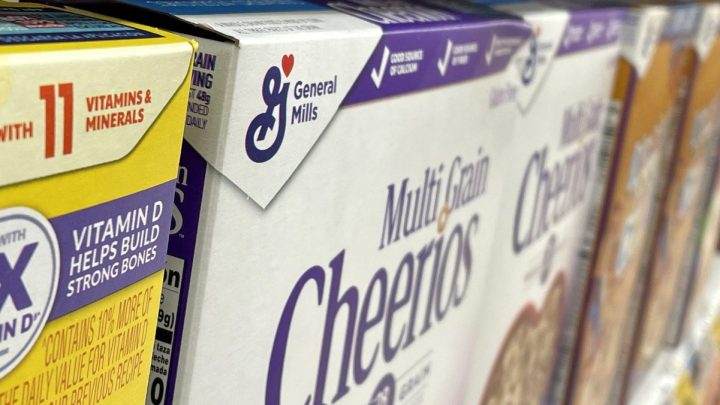
What’s the difference between the CPI and the PPI?

There are a few different ways to measure inflation. We’ve got the Federal Reserve’s preferred measure, the personal consumption expenditures index, or PCE. There’s the consumer price index — which came out on Thursday. And then there’s the producer price index, which came out Friday. All are released monthly.
While the CPI ticked up a bit in December, the PPI fell unexpectedly — down 0.1%. Here’s the difference between those dueling indexes.
It’s actually not so weird that the CPI goes up while the PPI goes down. After all, they measure different things, said Cassie Happe, an analyst at WalletHub.
“So with a box of cereal, CPI would be telling you how much you paid for that box of cereal,” Happe said. “PPI would be telling you what was spent to produce the good.”
It might seem that the prices producers are selling things for should, more or less, line up with what consumers are paying. But this isn’t always the case.
“While they might show somewhat similar trends over time, they can diverge quite a bit,” said Patrick Horan, a research fellow with the Mercatus Center at George Mason University.
The PPI includes things like what employers or the government pay for health care, which the CPI does not. The CPI includes certain housing cost estimates, which the PPI does not.
“A big part of why we’re seeing CPI inflation can be high is because of the fact that it’s influenced by shelter inflation that’s not popping up in PPI,” he said.
Economists like to look at the PPI to get a sense of what’s coming.
“Producers tend to sell their goods before consumers buy them, right? So you would think of producer price indices as being slightly leading over consumer price indices,” said Kathryn Anne Edwards, an independent researcher and adjunct economist at the Rand Corp.
She said the latest PPI numbers are a good sign.
“Because, you know, typically a good that’s measured, say, in the December producer index might be purchased, say, January through March of the consumer index,” she said.
So if producers are spending less now to, well, produce something, in theory that means prices could be lower for consumers in the future. If that’s how companies decide to use those savings.
There’s a lot happening in the world. Through it all, Marketplace is here for you.
You rely on Marketplace to break down the world’s events and tell you how it affects you in a fact-based, approachable way. We rely on your financial support to keep making that possible.
Your donation today powers the independent journalism that you rely on. For just $5/month, you can help sustain Marketplace so we can keep reporting on the things that matter to you.

















